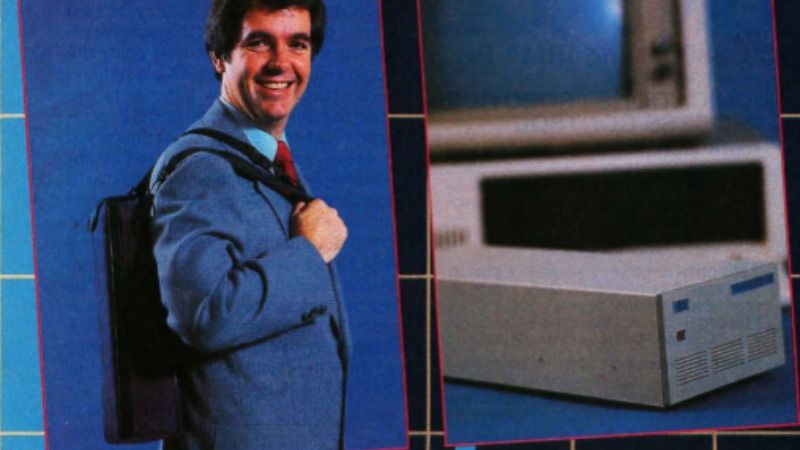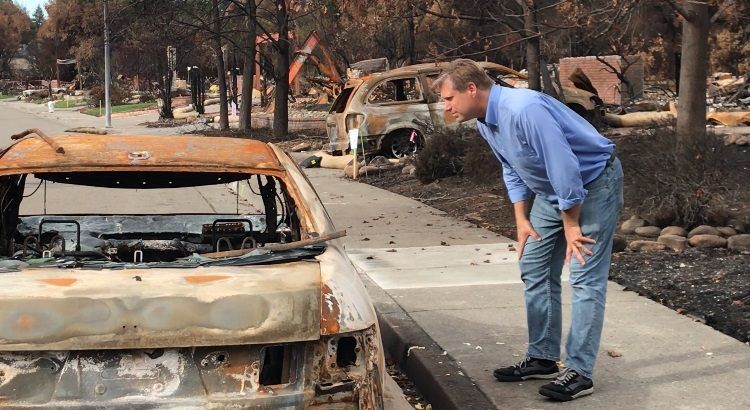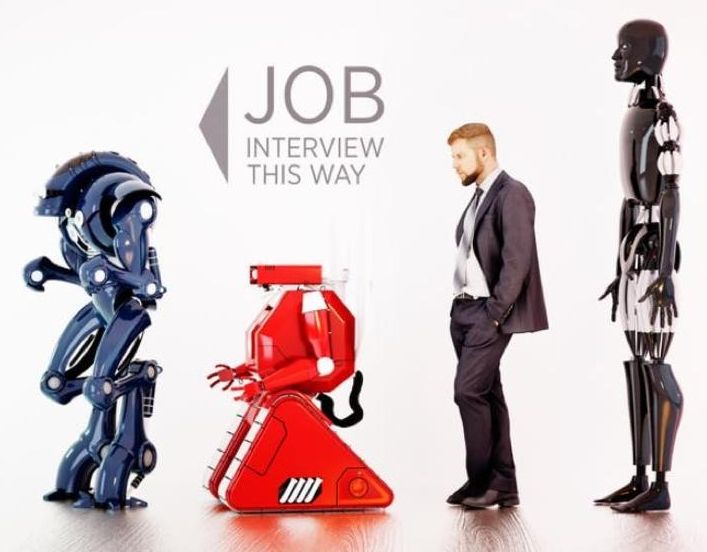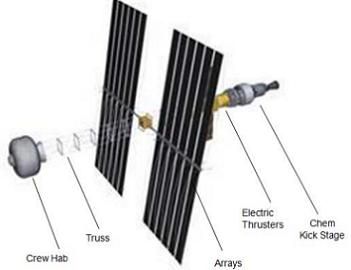Archive for the ‘habitats’ category: Page 107
Dec 8, 2017
This Was the Portable Hard Drive of 1985—Clocking In at 20MB
Posted by Shailesh Prasad in categories: computing, habitats
Portable hard drives seem like they’re bound to go way of the dinosaur, thanks to the rise of services like Dropbox and Google Drive. But if you wanted to take a large file home with you back in 1985, you didn’t have quite so many options. Your best bet? Maybe this hard drive from Maynard.
“Leave the computer, take the drive!” the ad said in big, bold letters in the July 1985 issue of Byte magazine. And look at just how portable that thing is!
Dec 6, 2017
Look into the future using the first smart glasses with Alexa control
Posted by Klaus Baldauf in categories: habitats, media & arts, mobile phones, robotics/AI

There are a lot of people in the world that need glasses on a daily basis. Despite their often expensive price tag, they do little more than correct poor eyesight. Let Glass updates glasses for the 21st century by integrating them with smart home connectivity.
While maintaining a slim form factor, Let Glass features audio entertainment, telephone communication, and voice interaction. Using Alexa and a built-in microphone, these frames allow users to control their smartphones without fumbling through their pockets. Simply tapping the legs of the smart glasses activate remote control functions, while voice commands handle everything else. In addition to Amazon Alexa, Apple Siri and Google Now are also supported.
Continue reading “Look into the future using the first smart glasses with Alexa control” »
Nov 25, 2017
MIT Team Wins Mars City Design Contest for ‘Redwood Forest’ Idea
Posted by Klaus Baldauf in categories: habitats, space travel, sustainability
A team of engineers and architects from the Massachusetts Institute of Technology (MIT) has won the top prize for architecture in 2017’s international Mars City Design competition, which asks participants to design habitats that could one day be built on the Red Planet.
The competition, sponsored by both NASA and the European Space Agency (ESA), is one of many that asks participants to come up with creative solutions to the problems these agencies anticipate in the journey to Mars.
Like other contests before it, the Mars City Design competition aims to solve the problem of building livable and sustainable spaces on the Red Planet, from either the limited cargo astronauts would be able to bring with them or indigenous Martian resources. [How Will a Human Mars Base Work? NASA’s Vision in Images].
Continue reading “MIT Team Wins Mars City Design Contest for ‘Redwood Forest’ Idea” »
Nov 24, 2017
Futurism Interview with Steve Fuller on Elon Musk’s Attempt to Turn Humans into a Multi-Planetary Species
Posted by Steve Fuller in categories: Elon Musk, futurism, habitats, human trajectories, space travel
Chelsea Gohd, a reporter for Futurism, recently interviewed Steve Fuller on Elon Musk’s plans to turn humans into a multi-planetary species. Her report, including the details of Musk’s plans can be found here. What follows is the full interview, only part of which was published in the article:
1. Do you think human beings are capable of becoming a multi-planetary species?
Yes, in two senses, one trivial and one not so trivial. The trivial sense is that there is no reason why we couldn’t survive in other planets – perhaps located in other star systems – that have roughly the same environmental conditions as the Earth. We just need to find them! The not so trivial sense is that we may be able to ‘terraform’ various currently uninhabitable planets to make them more-or-less habitable by humans. This would require enormous infrastructure investments that could be quite risky, at least at the start. But if there’s enough planning, capital and political will, it too could be done.
2. What do you think of Elon Musk’s recent statements insisting that becoming multi-planetary is “insurance of life as we know it”
Nov 22, 2017
Today, as part of my #libertarian California Governor campaign, I toured some of the areas in Northern California destroyed by the recent wildfires
Posted by Zoltan Istvan in categories: drones, habitats, robotics/AI, surveillance
I saw hundreds of homes in one subdivision destroyed (8900 homes were destroyed in total in the fires). We must seek out better technological solutions to stop wildfires in California. Lives are at risk and hundreds of billions of dollars are at stake. The state is getting drier, and innovative technologies—especially drone surveillance—can help spot fires before they get too large to easily contain. AI can also tell us, based on weather conditions, where fire protection resources and first responders should be stationed. Quickly putting out fires that do occur is the key to protecting the state.
Nov 12, 2017
A baby could be born on the moon in a few decades
Posted by Klaus Baldauf in categories: habitats, space
In Donald Trump’s inaugural speech last January, lost amidst his description of “American carnage,” was a more optimistic promise that the country was “ready to unlock the mysteries of space.”
It’s unclear if the line was anything more than political lip service, but one thing is certain: The quest for the stars is racing forward regardless of who occupies the Oval Office.
A once impossible but now plausible scenario can be found in Andy Weir’s new book “Artemis” (Crown, Nov. 14), which is set in the world’s first lunar city. The action takes place in the year 2080 in Artemis, a city with a population of 2,000 that’s part tourist attraction, part housing complex and part mining operation. The protagonist, Jazz Bashara, whom Rosario Dawson, the audiobook’s narrator describes as “super MacGyver,” is a young porter who runs a small smuggling operation on the side, obtaining contraband, such as alcohol, for the colony’s population. When one of Jazz’s wealthy clients offers her a chance to make the potential score of a lifetime, the young woman finds herself in over her head and caught up in a far-reaching conspiracy.
Continue reading “A baby could be born on the moon in a few decades” »
Nov 7, 2017
The fission-fragment rocket
Posted by Klaus Baldauf in categories: habitats, space travel
Travelling to very distant objects in space such as stars and exoplanets will require very large amounts of thrust to drive rockets to very high speeds in order that we can travel there in a reasonable amount of time. Conventional chemical rockets are unsuitable for this purpose as the thrust they provide is limited by the amount of fuel that they can carry. So far we have only travelled as far as the Moon, and that’s a mere 380 000 kilometres away.
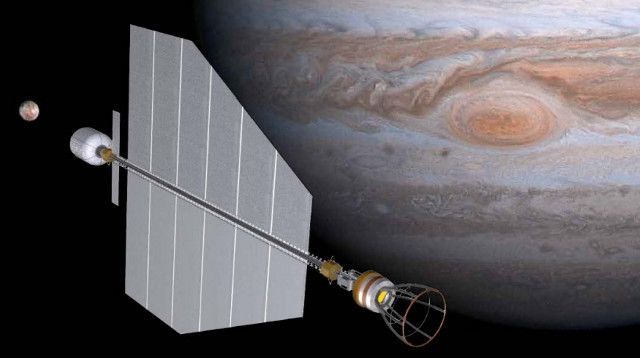
Nov 6, 2017
Humanoid robot market to double by 2023, industrial robotics to hit $72B
Posted by Dan Kummer in categories: biotech/medical, food, habitats, robotics/AI
“The humanoid robot market will grow from $320.3 million this year to $3.9 billion in 2023,”
The consumer market is definitely there, but you have to deliver a robot that can do practical things. For people working on robots out there. Right Now, I would just sit and focus on a robot that can move around an average kitchen, and make the most basic of meals; show that it can be done, and be sold for a reasonable price, that would be Phase 1. Phase 2 would be rigging up the cooking robot to be able to at least clean an kitchen and a bathroom, eventually an entire house. Phase 3 would be rigging up the cooking/cleaning robot to be able to do basic landscaping tasks. At that point i believe every household in America would want one. Phase 4 would be rigging it with niche entertainment features, and rigging it with the human level AI that turns up around 2029.
Greater interest from manufacturing, medicine, and retail will drive robotics growth for the next five years.
Continue reading “Humanoid robot market to double by 2023, industrial robotics to hit $72B” »
Oct 31, 2017
Boeing outlines technology for crewed Mars missions
Posted by Klaus Baldauf in categories: habitats, solar power, space travel
With a focus on building the archetypal missions for NASA’s new Space Launch System rocket, the U.S.-based Boeing Corporation has outlined their view of what technologies can be used to accomplish humankind’s goal of visiting crews to the Martian system – missions Boeing believes are possible through the combination of the SLS rocket’s lift capability, the bourgeoning Solar Electric Propulsion technology field, and Bigelow’s soon-to-be-tested inflatable habitat modules.
From the Earth-Moon system to Mars:
Continuing from their initial presentation on potential SLS rocket uses beyond the opening two circumlunar missions, the Boeing Corporation has presented their idea of how to execute a phased approach to deep space exploration – with an eye for the eventual goal of landing human beings on the surface of Mars.
Continue reading “Boeing outlines technology for crewed Mars missions” »

